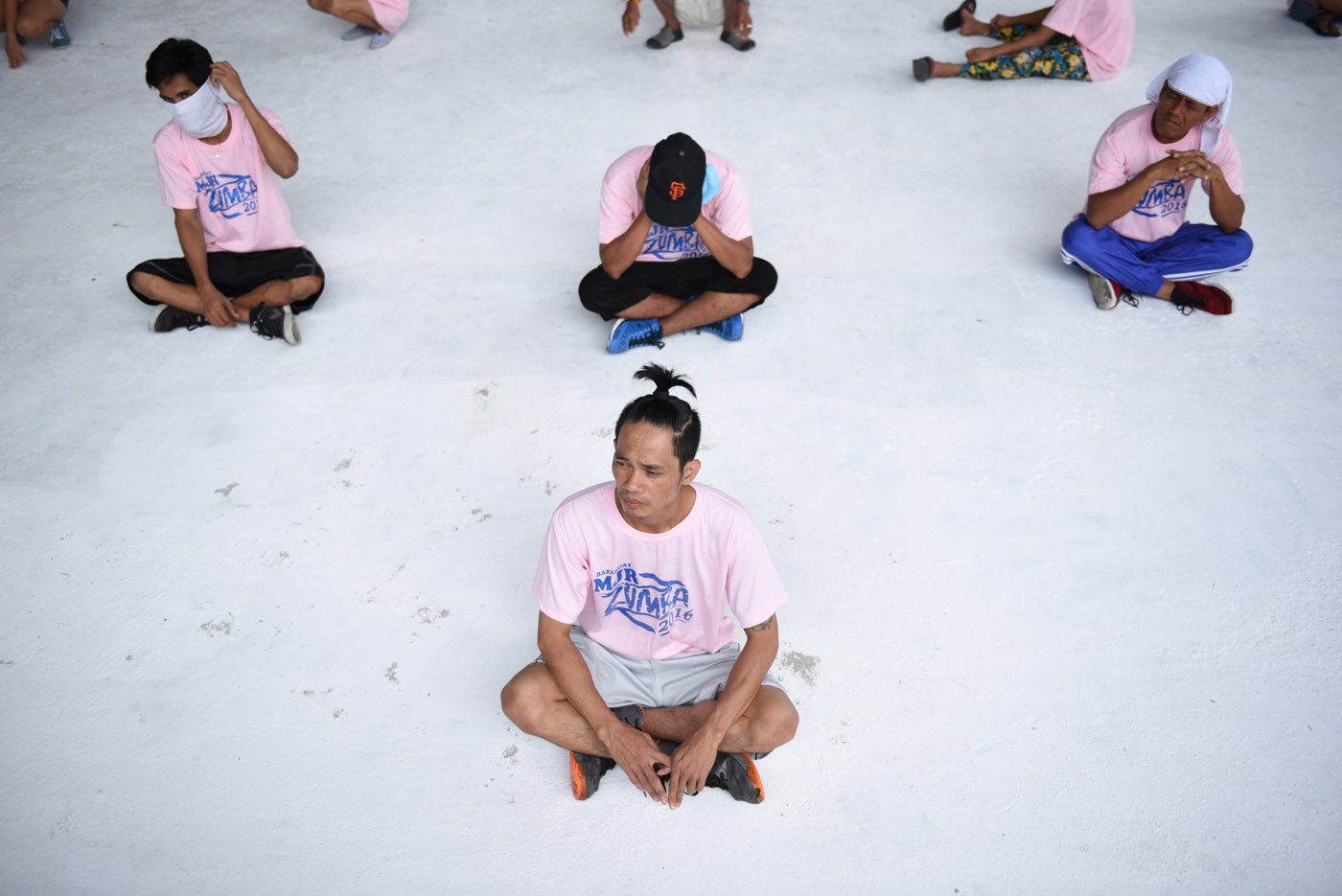SUMMARY
This is AI generated summarization, which may have errors. For context, always refer to the full article.

MANILA, Philippines – A little over 6 months since the government launched its campaign against illegal drugs, and the number of drug surrenderers has breached the 1 million mark.
To date, 10,000 of these drug surrenderers have been admitted in existing treatment and rehabilitation centers (TRCs), Health Secretary Paulyn Ubial said on Rappler Talk on Tuesday, January 10.
“As of the moment, our total admissions in our drug rehab centers actually number only 10,000, so that’s still way below the projection of 1% of the population needing residential type of rehabilitation. So if we have a million, that would mean that about 100,000 should be in residential type of rehabilitation,” she explained.
This is a huge jump from the 500 admitted drug surrenderers as of September 2016.
With 1,023,031 total number of drug surrenderers in Project Tokhang as of Wednesday, January 11, the 10,000 is actually close to the 1% projection (10,230). However, President Rodrigo Duterte has pegged the total number of drug addicts in the country at 3 to 4 million.
“The number of the Dangerous Drugs Board is about 3 million. The 4 million is being quoted by the President because he says the 3 million is about 3 years back, so that would have increased because there was no intervention in the previous administrations on actually curbing the drug problem,” Ubial explained.
The health department has made arrangements with the Dangerous Drugs Board (DDB) and the Philippine Drug Enforcement Agency to “fast-track” the process of admitting surrenderers to the government’s rehabilitation program.
“So they don’t even need a court order – as long as they are assessed by a trained health care provider, then we admit them,” the health secretary added.
Local government units play an important role in the process. For instance, when Rappler asked about the mega TRC in Nueva Ecija, Ubial said it’s not the health department that selects patients who will be admitted to the facility.
“The local government recommends them, and then we admit them. We don’t even refuse anyone, so as long as they are recommended by the local government and we have trained their health care providers to assess which ones would need residential care and which are qualified for community-based rehabilitation, we accept,” she explained.
The 11-hectare compound in Nueva Ecija, which was donated by Chinese tycoon Huang Rulun, has an expanded capacity of up to 10,000 patients.
It has been operational since November, with an admission of less than 100 patients as of this posting. Most of the patients are from Metro Manila.
There are plans to build 3 more mega TRCs before the end of 2017, one each in Luzon (Bataan), Visayas (Bohol), and Mindanao (Davao). Each proposed mega TRC could accommodate up to 500 patients.
Challenges
As for the rest of the drug surrenderers, Ubial said most of them are undergoing community-based rehabilitation.
Six months into the Duterte administration, Ubial said the drug rehabilitation program is still “evolving” and is a “dynamic process” that has engaged many stakeholders. (READ: War on drugs: Rehabilitation must be more than a knee-jerk reaction)
“So many different sectors have actually also come forward and volunteered their services to help us deal with the surrenderers, and I think it’s really a successful effort because we have been able to address the needs of all surrenderers,” she explained.
But the health secretary is worried about drug surrenderers who, after assessment, did not report to a community-based rehabilitation program, or have not been admitted to any of the TRCs in the country.
“So we’re looking into that, on how we can actually bring them back to the program, whether it’s community-based or [residential] rehabilitation,” Ubial added. (READ: Inside the brain of a drug user)
Another challenge for the program, she said, is identifying the remaining 3 million drug users in the country.
“We believe that many of those who will subject themselves to voluntary rehabilitation have already come out, so it’s the remaining 3 million that we have no way of actually identifying, so that’s the challenge,” Ubial said.
She added: “Whether we do random drug testing, or we mandate a drug test for each and every sector or high-risk sectors, I don’t know how we will identify the remaining 3 million that have not surrendered.” – Rappler.com
Add a comment
How does this make you feel?
There are no comments yet. Add your comment to start the conversation.